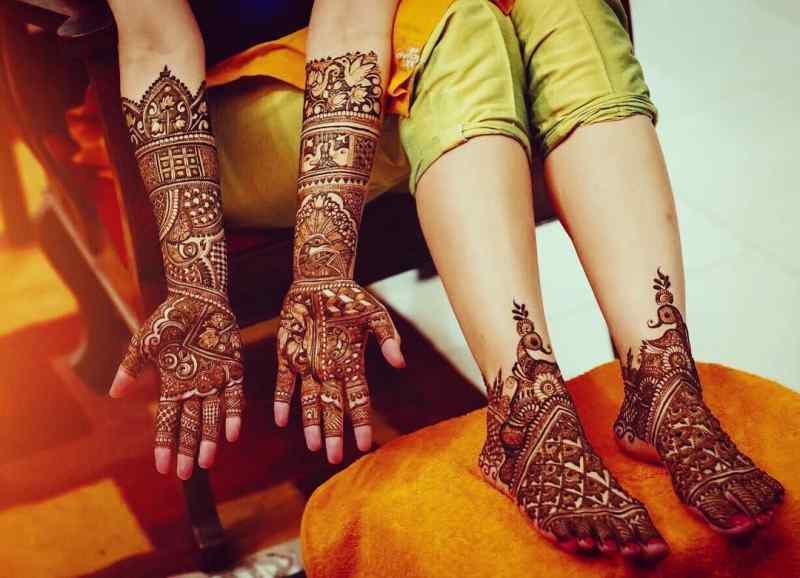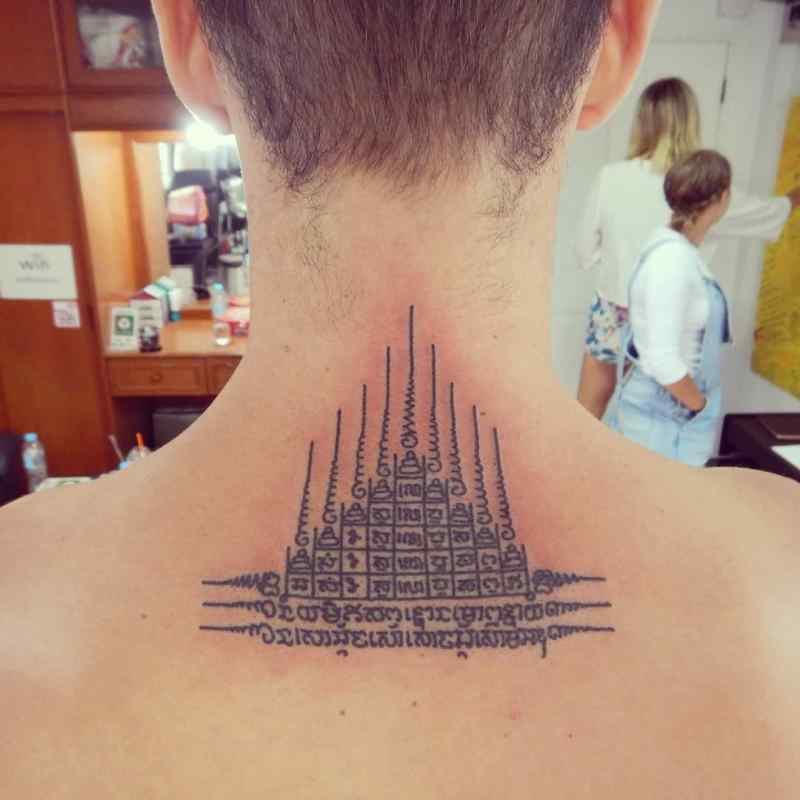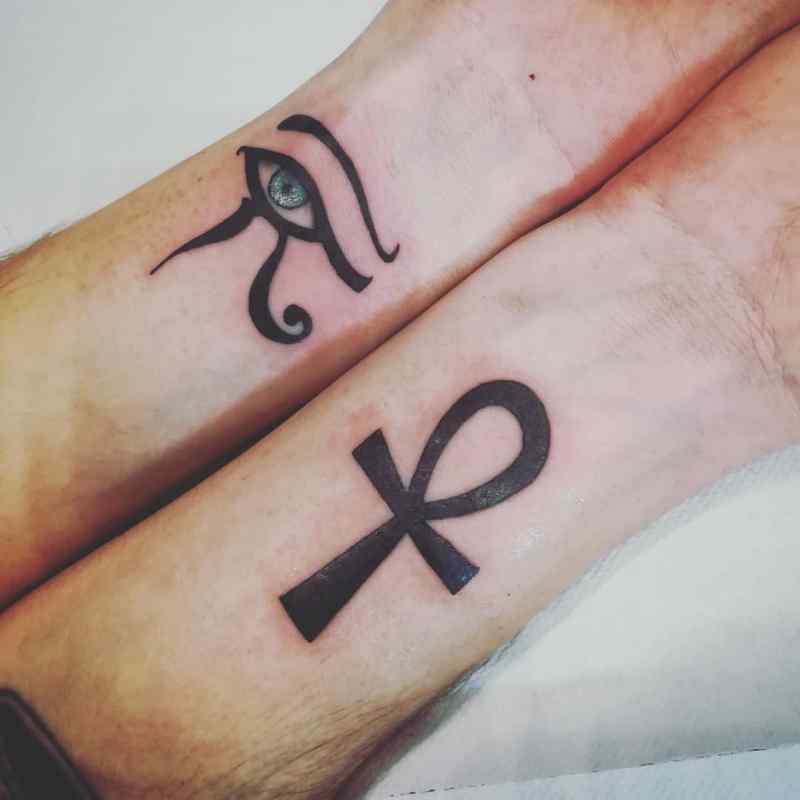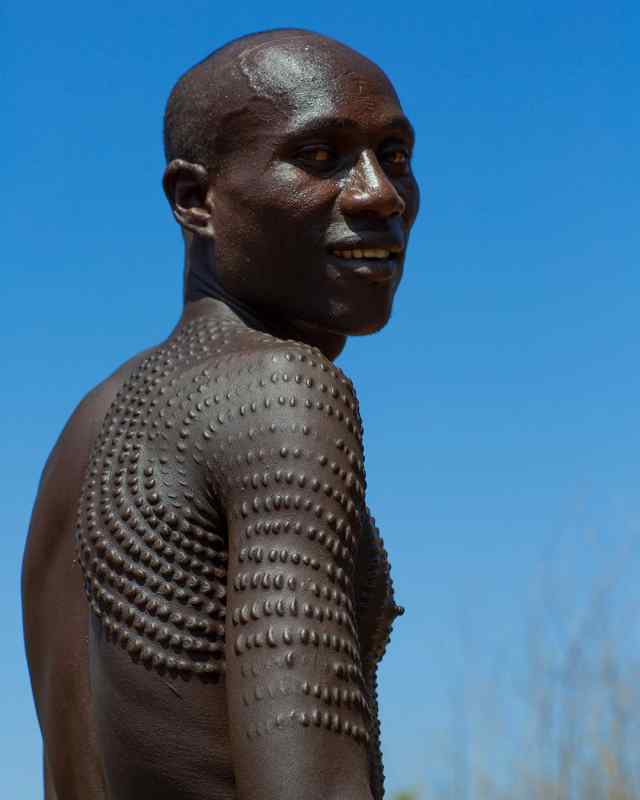By Amanda Little
Tattoo styles and techniques have changed over the years, and some of the art that lasted over generations is still around today. Take a look at some of the tattoo styles around the world, you may want to get one the next time you're abroad!
View vacation packages >
(trips include flight, hotel & excursions)
Photo by Instagram user @huitzomitl
Mexico
Many of Mexico’s traditional tattoos have Aztec or Mayan themes throughout them, since tattoos date back to the 12th century. Many of the tattoos were ritualistic, spiritual, or ceremonial, but now tattoos are simply commonplace and looked at as pride of their heritage. Those who partake in Mexican tattoos get to look not only at Mexico’s history and many subcultures, but at the difference in regional symbolism that can be found on the skin of the locals.
Photo by Instagram user @1317ink_sckfck
Polynesia • Tatau
Traditionally, bands of black ink lines cover men’s bodies from waist to knees, and thin motifs cover women’s thighs in Polynesia, but only for those who have earned it. The traditional Samoan tattoos are called pe’a for men and malu for women, and represent heritage, status, and more. The ancient practice of these tribal-styled tattoos was an incredibly sacred ritual, and could take weeks or even years to complete, and was as expensive in the past as it is now. Even today, these ritualistic tattoos are done with handmade tools of turtle shell, bone, wood, and ink made from natural materials. Still more are done with a modern tattoo gun, and can be anywhere on the body, but chest and arm combinations are most popular.
Photo by Instagram user @tylrjade
New Zealand • Ta Moko
Face tattoos are usually the sign of a night gone sideways, but among the Maori Tribe in New Zealand, the beautifully intricate face tattoos called Ta Moko are a way of life. Tattoos can represent anything from status, to personal history and accomplishments, to ranks of honor. While Ta Moko can cover any part of the body, they are most notable for the designs on the face. Men’s tattoos can cover the entirety of their face, but women usually only tattoo their lips and chin. Occasionally women have their nostrils tattooed as well.
Photo by Instagram user @quan9sta
China • Ci Shen
While simple kanji (Chinese characters) are popular among Americans, Chinese tattoos vary widely and can be pure works of art. Chinese tattoos are thought to date back to 3,000 BCE due to the discovery of several tattooed mummies in Tarim Basin cemeteries. While kanji was found on their bodies, beautiful masterpieces covering whole limbs or the entire back were most prevalent. Eventually, tattoos became something undesirable, because tattoos were used to mark criminals and slaves. Tattoos also became associated with organized crime as time went on, and now the Chinese tattoo as an art has nearly been lost.
Photo by Instagram user @henning_royaltattoo
Japan • Horimono
Japanese tattoos were very similar to Chinese in style, symbolism, patterns, and history. Tattoos were once considered works of art and very difficult to come by, because of the incredibly painful bamboo method used to make them. As quickly as Chinese culture shifted away from tattoos, so did Japan. Tattoos again became associated with crime, and the Japanese government actually forbade tattoos entirely by the 19th century. Even modern day Japan looks down on tattoos, viewing them as barbaric and entirely associated with the Yakuza. Some places won’t allow admittance to those who have tattoos.
Photo by Instagram user @theweddingconteurs
India • Henna
While Southern India does have its own form of permanent tattoo called pachakuthu, which was used for spiritual purposes, by far the most prevalent tattoo is done with henna, and it’s only temporary. Stunning lacy patterns, intricate mandalas, delicate decorations, and stylized symbols and flowers decorated the hands, arms, and feet of brides. The henna painlessly dyes the skin an orange or deep brown color, and has shed its strictly marital association. Now anyone can choose to have a henna tattoo, and even pick from an assortment of variations like silver, gold, and white colors.
Photo by Instagram user @thaibambootattoo
Thailand • Sak Yant
Traditional Thai tattoos are called Sak Yant, while the origin of how it came to be is said to be lost. The unique culture lends to unique tattoos, which are usually symbols and scripts that are thought to be spells for religious, protective, and fortune-bearing purposes. Grand master monks would tattoo spells on soldiers for invisibility, strength, and protection, which bleeds into Thai myth that says Thailand is protected by warrior ghosts who received these tattoos in life and now cannot be seen or killed.
Mandalas were also a popular form of tattoo throughout Buddhist culture. These beautifully intricate tattoos did not offer invisibility, but were believed to bring blessings from on high, good luck, and spiritual strength. Each mandala is completely unique, and said to reflect the personality of the person wearing it. Today, there is an annual tattoo festival to celebrate the spirituality of both kinds of tattoos. Those who visit the Temple of the Flying Tiger may even receive a mandala tattoo from the master tattoo artists there, or have Buddhist monks bless and “re-charge” their body art.
Photo by Instagram user @joe_garzella_tattoos
Egypt • Heiroglyphics
With a language that relied heavily on pictures and symbols, it’s no surprise that Egypt had a thriving tattoo culture. Many Egyptian tattoos very often consisted of hieroglyphics like Eye of Ra, Sarabs, Ankhs, and more. Many, if not all, of Egyptian tattoos had heavy spiritual or religious significance. Because of the mummification process popular in Egypt, it is easy to find mummies with well-preserved skin that show off tattoos better than other remains found across the world. It seems that tattooing was practiced exclusively on women, with evidence of tattooed women dating back to about 2000 BCE, and male tattooing dating back only to about 300 BCE. Tattoos decorated many classes, ranging from Priestesses of Hathor to Hathoric dancers.
Photo by Instagram user @ericlafforgue
West Africa • Scarification
While there are many parts of Africa that practiced scarification, West Africa is known for having some of the most complex and beautiful styles. Scars are cut into men and women's faces, chest, and limbs to denote different aspects of their life. Different scars represented social status, life stages, life events, and more. Scars are cut with blades, glass, stones, or coconut shell for desired effect, and then caustic plant juices were rubbed into the wound to force permnant blisters to bloom in the skin. The second half of the practice was called cicatrisation, and those who could withstand both were seen at attractive and strong.










